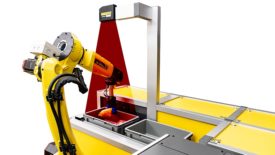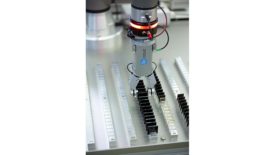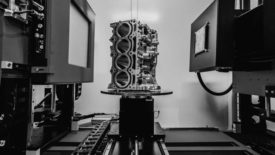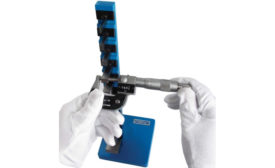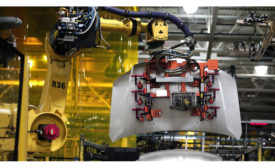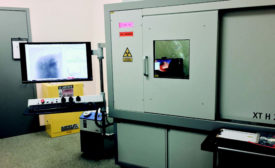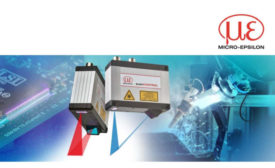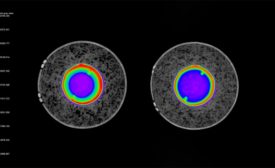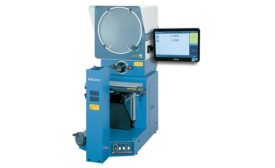Home » Keywords: » 2D technology
Items Tagged with '2D technology'
ARTICLES
Vision & Sensors | Vision
VGR is one of the largest growing sectors in both the robotics and machine vision market.
Read More
Vision & Sensors | Collaborative Robots
Collaborative Automation Delivers Quality Boost
Ease of use is one of the main attractions of collaborative automation.
December 8, 2022
NDT | Radiography
2D Radiography (x-ray) for NDT
2D radiography continues to be essential to the safety and reliability of many of the world's industrial products.
October 11, 2022
Calibration Matters More Than Ever
A manufacturer’s equipment is only as reliable as its calibration levels.
January 7, 2022
The Benefits of Automation
The five reasons to consider, and have been considered for decades, about automation.
December 10, 2021
Sponsored Content
White Paper: University Uses Advanced Micro-CT Scanning for Inspection of Historical Artifacts
October 28, 2021
Inspection Software Evolving to All-In-One QMS Solutions for Practical Data Management
Data-driven manufacturing is here.
September 29, 2020
Sponsored Content
White Paper: Compact 2D/3D Laser scanners with integrated controller reinvigorate profile measurements
August 1, 2020
Computed Tomography: Back to Basics
Computed tomography is a powerful nondestructive evaluation (NDE) technique for both 2D and 3D cross-sectional images of an object from X-ray images.
July 1, 2020
Stay in the know with Quality’s comprehensive coverage of
the manufacturing and metrology industries.
eNewsletter | Website | eMagazine
JOIN TODAY!Copyright ©2024. All Rights Reserved BNP Media.
Design, CMS, Hosting & Web Development :: ePublishing
